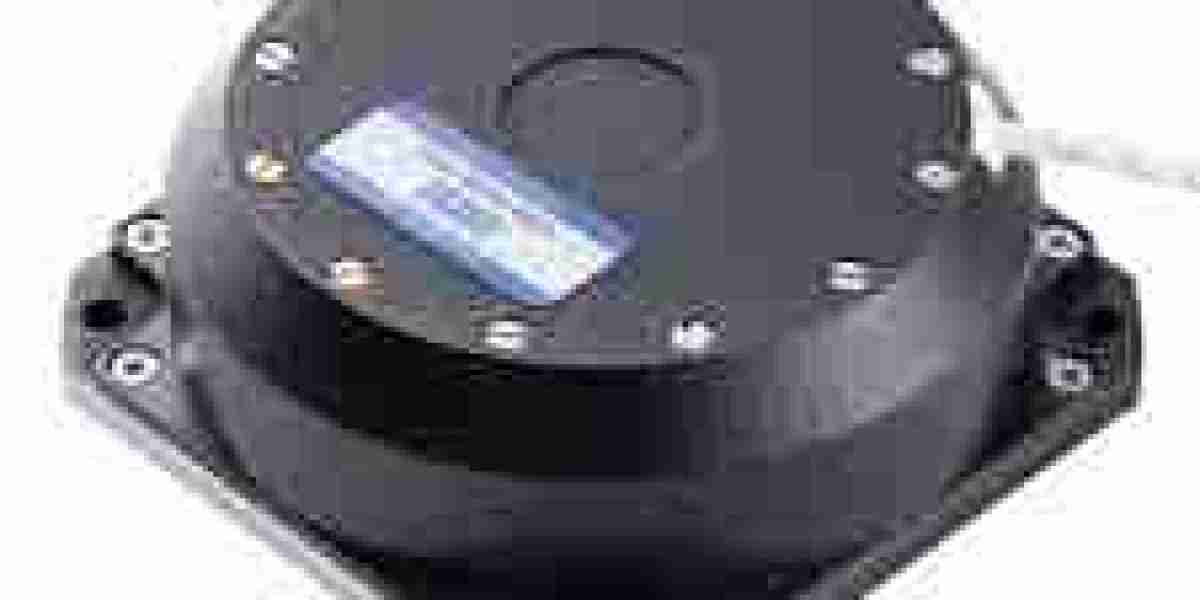The fibre optic gyroscope market is witnessing dynamic development due to growing demand for reliable and high-precision navigation systems. Unlike mechanical or MEMS gyroscopes, fibre optic gyroscopes (FOGs) use the Sagnac effect to measure angular velocity with exceptional accuracy and without moving parts. This non-mechanical approach makes FOGs more robust, durable, and suitable for extreme environments, driving their adoption across aerospace, defense, autonomous vehicles, and industrial automation sectors.

Evolution of Fibre Optic Gyroscope Technology
Fibre optic gyroscopes have undergone significant development over the past decade. Initially used in military and space applications due to their high cost and complexity, these gyroscopes are now becoming accessible to commercial sectors as production techniques advance and costs decline.
Key developments in the technology include:
Miniaturization: The size and weight of FOGs have been significantly reduced, allowing integration into compact platforms such as drones, handheld devices, and wearable systems for soldiers.
Enhanced Fiber Quality: Improved manufacturing of optical fibers and coils has led to better signal clarity and reduced noise.
Digital Signal Processing (DSP): Integration of DSP has enabled real-time error correction and signal refinement, increasing performance.
Temperature Compensation Algorithms: These ensure consistent performance across a wide range of operating conditions, making FOGs viable for harsh environments.
These advancements are not just incremental—they're enabling FOGs to expand into new applications and markets that were previously considered non-viable.
Sectors Fueling Development
1. Aerospace and Defense
Historically, this sector has been the primary driver of FOG development. Aircraft navigation, missile guidance systems, and naval positioning systems rely on ultra-reliable inertial navigation systems (INS) where FOGs are critical. With defense budgets increasing globally and modern warfare demanding advanced guidance technologies, FOG development is receiving strong support.
2. Autonomous and Electric Vehicles
The rise of autonomous vehicles (AVs) and electric vehicles (EVs) has created a fresh wave of development in inertial navigation systems. FOGs serve as backup navigation tools when GPS signals are lost or compromised. Their ability to function in tunnels, urban canyons, or remote areas enhances the safety and reliability of AV systems.
3. Space Exploration
FOGs are ideal for space missions due to their resistance to vibration, temperature extremes, and radiation. As both government and private players venture deeper into space exploration and satellite deployment, demand for space-grade FOGs is growing, prompting specialized development in this domain.
4. Oil & Gas and Subsea Applications
Development of FOGs for underwater and offshore platforms is another key area. These gyroscopes are increasingly being used in pipeline inspection, remotely operated vehicles (ROVs), and autonomous underwater vehicles (AUVs). Their ability to operate without GPS makes them essential for deep-sea applications.
Regional Development Dynamics
The development of the fibre optic gyroscope market is not uniform across regions. It is highly influenced by regional investments in automation, defense, and innovation ecosystems.
North America: Home to major defense contractors and automotive innovators, this region is leading in FOG technology development, especially for military and autonomous driving applications.
Europe: With significant investments in space exploration (ESA) and marine navigation technologies, European countries are driving FOG development in high-precision aerospace and subsea applications.
Asia-Pacific: Emerging economies like China, India, and South Korea are heavily investing in smart defense, manufacturing automation, and autonomous mobility, all of which contribute to regional FOG development.
R&D Collaborations and Industry Movements
Several companies and institutions are investing in collaborative R&D initiatives to accelerate FOG development. Partnerships between academic institutions, defense agencies, and tech firms are resulting in new prototypes, materials, and manufacturing methods.
Notable movements include:
Integration with AI and Sensor Fusion: Combining FOGs with accelerometers, magnetometers, and AI systems is leading to smarter, adaptive navigation solutions.
Adoption in Consumer Electronics R&D: While not yet mainstream, exploration into integrating FOGs into AR/VR headsets and mobile devices is under way, especially for military-grade commercial applications.
Challenges in Market Development
Despite impressive progress, a few obstacles still limit widespread FOG adoption:
High Cost: Even with cost reductions, FOGs remain more expensive than MEMS gyroscopes, which can limit their use in consumer applications.
Complex Manufacturing: Precision fiber coiling and alignment remain technically demanding, requiring sophisticated machinery and skilled labor.
Market Competition: As MEMS technology improves, it poses a growing challenge to FOGs in certain mid-range applications.
Overcoming these challenges will require continued investment in manufacturing automation, material science, and cross-sector partnerships.
Outlook and Future Trajectory
The fibre optic gyroscope market is poised for sustained development as technological advancements meet growing market needs. The push toward autonomous operations, smart defense systems, and space exploration will ensure continued innovation. As cost barriers decrease and new applications emerge, FOGs are expected to become even more central to modern navigation and orientation systems.
Over the next five to ten years, the market will likely see:
Increased adoption in commercial transportation and logistics
Expanded use in marine and mining operations
Higher volume manufacturing leading to affordability
Integration with emerging tech like quantum sensors and edge AI
In conclusion, the development of the fibre optic gyroscope market reflects the broader transformation of navigation systems across industries. With increasing demands for precision, reliability, and resilience, FOGs are emerging as a key enabler of the technologies defining the future of mobility, defense, and automation.




